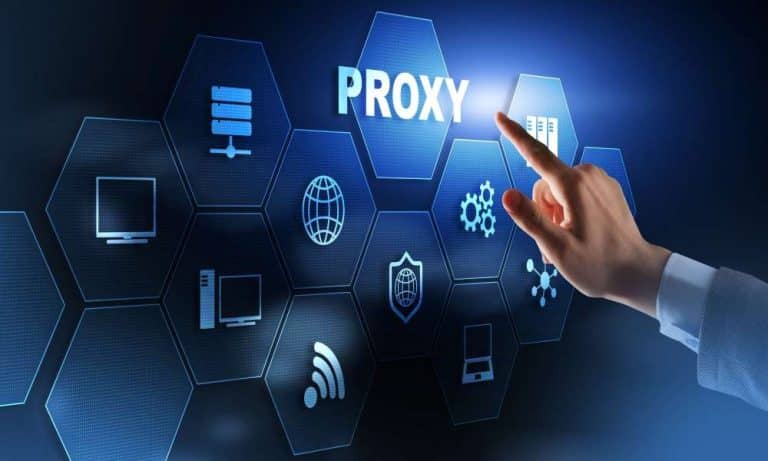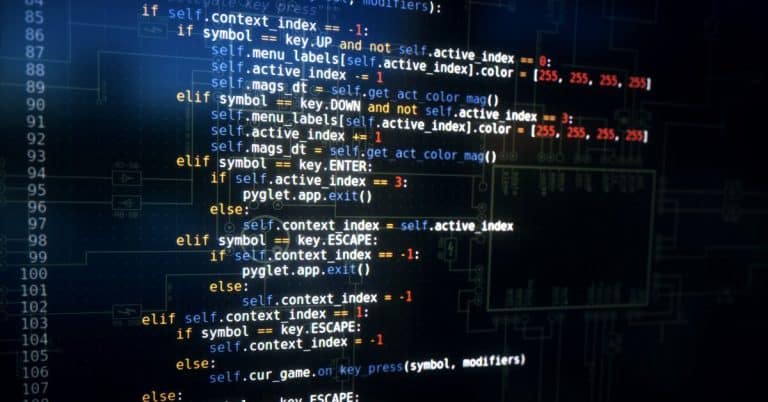Deciphering the Mechanics of DeFi Lending: A Comprehensive Exploration
Decentralized Finance (DeFi) has emerged as a groundbreaking force, reshaping the traditional landscape of financial services. Among the myriad applications within the DeFi ecosystem, decentralized lending stands out as a transformative model. In this guest article, we will unravel the intricacies of how DeFi lending works, the significance of DeFi development companies, and the role of DApp development services in fostering this financial evolution.
Understanding DeFi Lending:
DeFi lending operates on the principles of blockchain and smart contracts, eliminating the need for traditional intermediaries such as banks. The process involves borrowers and lenders engaging directly in a peer-to-peer manner, facilitated by programmable smart contracts. Unlike centralized lending, DeFi lending platforms utilize blockchain technology to secure transactions, manage collateral, and automate loan agreements.
Key Components of DeFi Lending:
- Smart Contracts: Programmable contracts, encoded on blockchain platforms, automatically execute lending agreements, enabling trustless and transparent transactions.
- Collateralization: Borrowers secure loans by providing collateral, typically in the form of digital assets, which are held in smart contracts as security for the loan amount.
- Decentralized Oracles: External data sources known as oracles provide real-world information, such as asset prices, to smart contracts, ensuring accurate and up-to-date collateral valuation.
- Liquidity Pools: DeFi lending platforms often utilize liquidity pools where users can deposit assets to earn interest or borrow from the pool by providing collateral.
The Role of DeFi Development Companies:
DeFi development companies play a pivotal role in creating and optimizing the infrastructure for decentralized lending platforms. Their expertise includes:
- Smart Contract Development: Building and auditing smart contracts that govern lending protocols, ensuring security, and preventing vulnerabilities.
- Blockchain Integration: Integrating lending platforms with blockchain networks, such as Ethereum or Binance Smart Chain, to leverage their decentralized and secure nature.
- User Interface Design: Crafting intuitive and user-friendly interfaces for DeFi lending platforms, enhancing accessibility for users.
DApp Development Services in DeFi:
Decentralized Applications (DApps) serve as the user interface for interacting with DeFi lending platforms. DApp development services contribute by:
- Creating User-Friendly Interfaces: Designing DApps that simplify the lending and borrowing processes, making it accessible to users with varying levels of technical expertise.
- Cross-Platform Compatibility: Ensuring DApps are compatible with multiple devices and platforms, enhancing the inclusivity of DeFi lending.
- Enhancing User Experience: Incorporating features that enhance the overall user experience, from account management to tracking loan details and interest rates.
Conclusion:
DeFi lending represents a paradigm shift in the financial landscape, offering a decentralized alternative to traditional lending models. DeFi development companies and DApp development services collectively contribute to the evolution of decentralized finance, ensuring secure, user-friendly, and efficient lending platforms. As we navigate the intricate world of blockchain-based lending, the collaboration between developers and designers remains instrumental in shaping the future of decentralized finance, unlocking new possibilities for financial inclusion and innovation.






